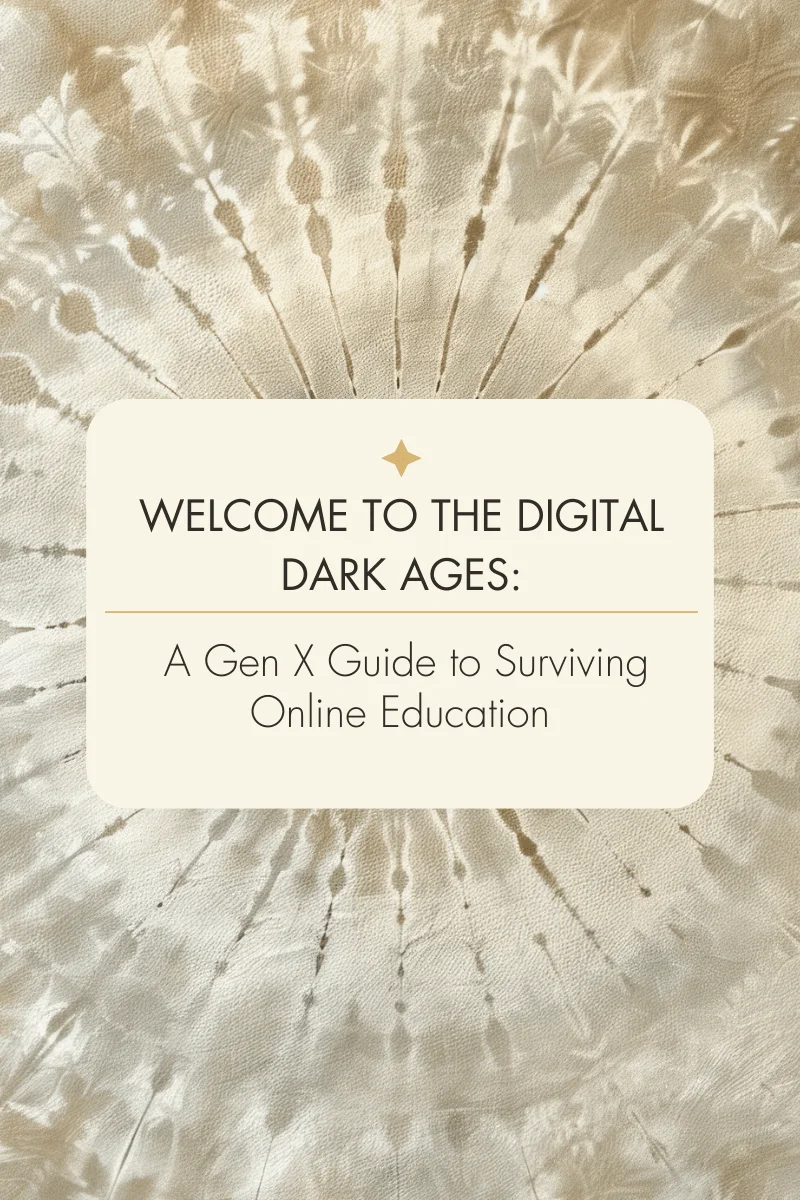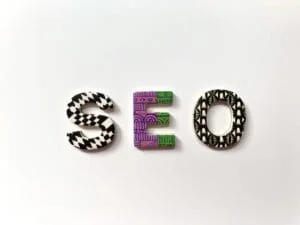The Comedic Landscape of Digital Marketing: A Lighthearted Exploration
The Absurdities of Audience Targeting
Digital marketing has revolutionized the way brands connect with consumers, yet the process of audience targeting often leads to comical misunderstandings. Marketing professionals rely heavily on sophisticated algorithms designed to analyze user behavior and preferences. However, these algorithms occasionally misinterpret the data, resulting in some hilariously misguided ad placements. For instance, imagine someone searching for “dog toys” only to be bombarded with ads for premium cat food. This disconnect reflects the complex nature of audience targeting in digital marketing.
One common absurdity experienced by marketers is the phenomenon known as “hyper-targeting.” In their quest to find the perfect audience, brands sometimes end up segmenting their audience so narrowly that they inadvertently alienate potential customers. A marketing manager recounted a situation where a fitness brand targeted individuals who had recently searched for “vegan protein.” This led to an ad campaign that only reached a small subset of gym-goers, while many others who might have found interest in the products were overlooked entirely. The result? An empty sales pitch that fell flat.
Moreover, the world of digital marketing is filled with anecdotes that highlight these quirks. A social media manager shared a story of a campaign aimed at millennials that inadvertently targeted retirement communities due to misguided algorithmic insights. The irony of promoting trendy products, like eco-friendly water bottles and yoga mats, to an audience predominantly focused on health and wellness in later life, elicited chuckles from the marketing team. Such instances serve as a reminder that even the most advanced technology can lead to unexpected and laughable outcomes.
Ultimately, these absurdities highlight the challenges of understanding and targeting audiences effectively within the digital marketing landscape. They encourage marketers to approach their strategies with a sense of humor, acknowledging that the journey to truly comprehend consumer behavior is often accompanied by a few fits of laughter.
The Comic Relief in Marketing Campaign Blunders
Marketing campaigns, irrespective of their scale, invariably carry the risk of missteps that can lead to unintended humorous outcomes. These blunders often serve as comic relief in the otherwise serious domain of digital marketing, highlighting the unpredictability of audience reception and the complexities involved in branding. One such instance occurred when a well-known snack brand launched a promotion that mistakenly used a slang term with highly inappropriate connotations. The campaign quickly backfired, leading to an avalanche of memes and jokes on social media, ultimately resulting in the brand embracing the humor and transforming the narrative into a lesson on cultural sensitivity.
Another memorable example is the infamous launch of a soft drink that inadvertently became a global punchline. The brand’s intention was to promote harmony, but the ad’s execution led to considerable backlash and ridicule. Instead of shying away, the brand’s marketing team decided to lean into the absurdity of the situation. They produced follow-up content that parodied their initial attempt, showcasing a willingness to acknowledge and laugh at their own mistakes. This approach not only salvaged their reputation but also generated a new wave of interest, proving that the lighter side of marketing can lead to effective comebacks.
Brands that can recognize and react to their blunders with humor are often rewarded with increased loyalty from consumers. The ability to turn a marketing misfire into a source of laughter demonstrates authenticity and relatability. These examples reflect the notion that while marketing is fundamentally a serious business, it can simultaneously serve as a platform for levity. In essence, the comedic elements that arise from campaign blunders can pave the way for deeper connections with the audience, thereby enriching the marketing experience.
















Post Comment